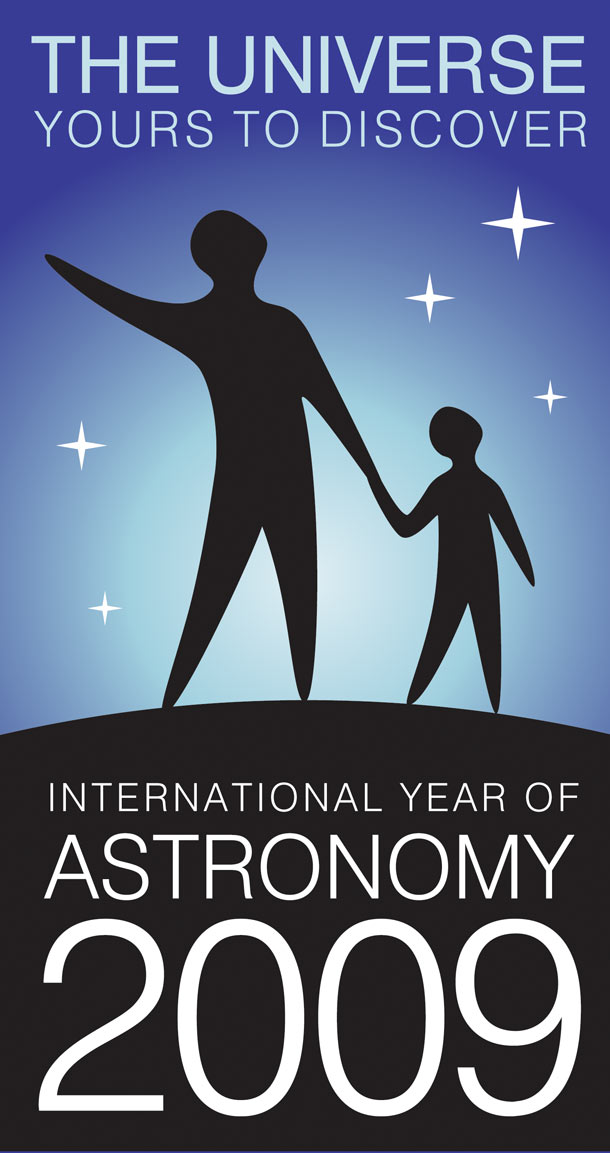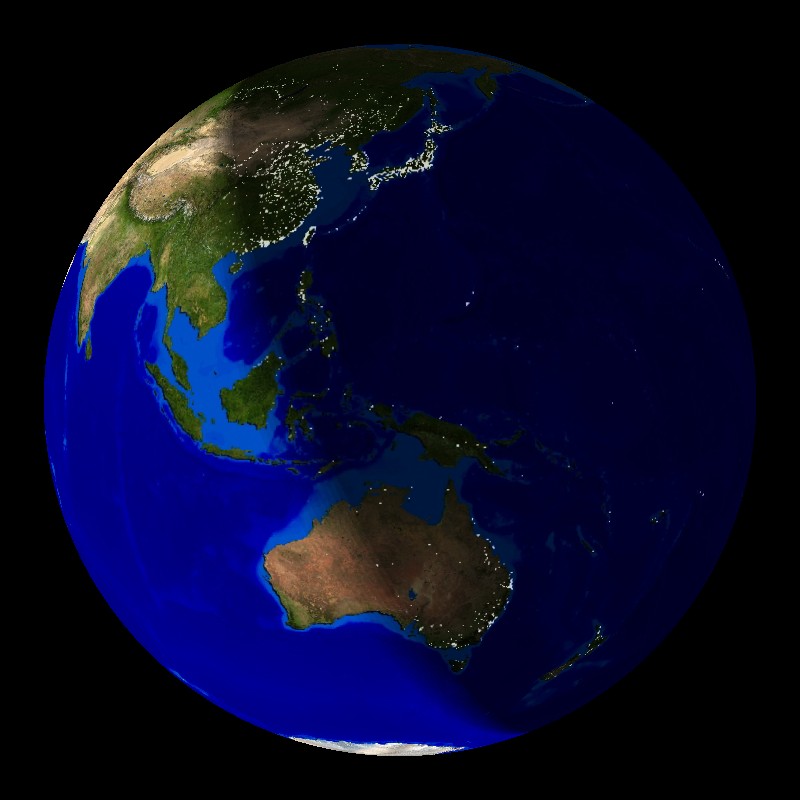This e-VLBI demo, what is it about?

Using e-VLBI we build the largest radio telescope and one of the most sensitive ones for a period of 24 hours. This can be achieved by using radiotelescopes on all continents working together as one.

This demonstration will be held during the opening ceremony of the International Year of Astronomy held in Paris on January 15th/16th at the UNESCO headquarters.
In the EXPReS project e-VLBI has been used extensively within Europe, sometimes even linking in data from telescopes located on other continents.
The tests have given enough confidence that a step up in scale, true global e-VLBI, can be done. It is exactly this that what will be demonstrated.
In this demo we will build:
- the largest telescope
(earth-sized), combined with - high sensitivity
(integration time close to 24 hours) - direct feedback
previously unheard of in VLBI

Just as day and night are caused by the fact that the earth rotates, a source cannot be seen for 24 hours from one location on the earth - some eight to ten hours at maximum. One might argue that this statement is not completely true for all stations and all sources, however, our goal is to maximize the baseline length, in which case this statement holds true.
Radiotelescopes can be found on all continents and this is how a source can be observed continuously. The source will always be above the horizon for some of the telescopes. As the earth spins around its axis, the source will become visible for some telescopes and disappear below the horizon for others. The dataflow from a telescope will be started/stopped accordingly.
Making an image of these high-resolution datasets will take several hours of computing time. To provide a more interactive feel of how e-VLBI works an uncalibrated image (and other on-the-fly data) is generated at regular intervals. These images will illustrate the progress made as more data is collected. It should be noted that these images will be of poor quality, it is even likely that nothing is to be seen. It takes careful calibration and finetuning to produce good (e-)VLBI images.
As said, the creation of a good (e-)VLBI image from a given dataset is not an easy task. The main reasons being that (e-)VLBI does not produce an image but an interference pattern and the fact that the instruments (the telescopes) are prone to time-variable effects. Read a gentle introduction to VLBI to get a feeling.
The weirdest thing about imaging VLBI data is that there is no unique solution - decisions made during the imaging process have an undeterministic effect on the final image.
Most of the instrumental effects can be corrected for but they're timeconsuming and require human interaction for making decisions.